Slugs and snails are the bane in many gardener's lives, but get up close to these little gastropods and you will soon realised that they are a valuable asset to the British landscape. It is believed that the average British garden contains over 20,000 slugs and snails, with a cubic metre alone housing a population of around 200 slugs.
Our guide to slugs and snails explains how these small gastropods play a vital role in the ecosystem, plus how to identify common species and to protect your plants in a wildlife-friendly way
Slug and snail facts
Where can you find slugs and snails?
Although snails hibernate during the winter months, slugs can be found anywhere where there is a temperature in excess of 5°C. 95% of slugs are underground, nibbling on seeds and roots and laying eggs – they lay 20-100 eggs multiple times every year.
Snails and slugs love dampness so after heavy rainfall you are likely to find more in your garden. The majority of snails act are nocturnal and don't like being exposed to sunlight.
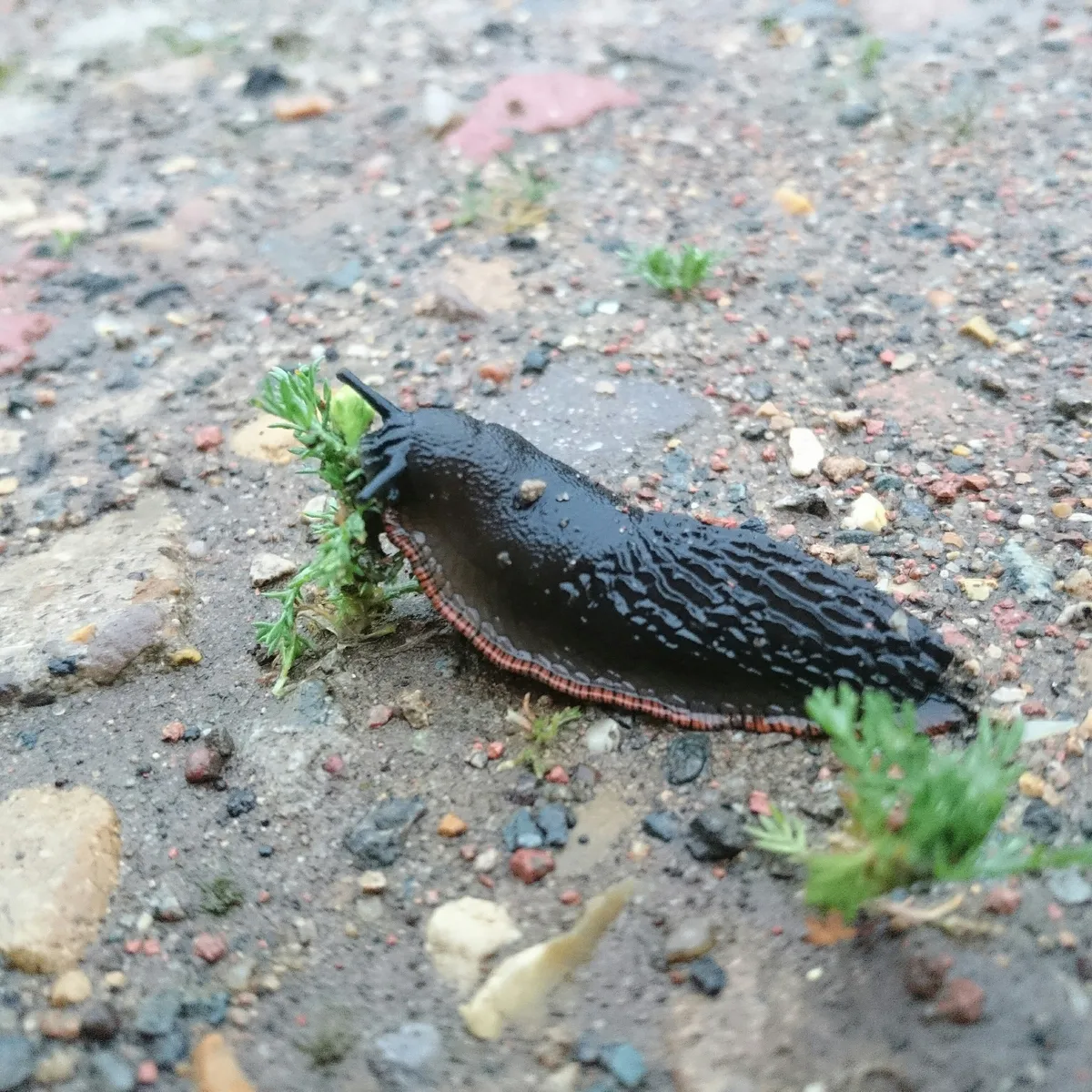
What do slugs and snails eat?
Certain breeds of slugs and snails can consume over 500 varieties of plants and vegetation. Despite destroying healthy plants, most slugs eat decomposing vegetation, making them a vital part of the ecosystem. If you are considering growing lettuce, the Cos variety has proved the most slug-resistant.
Slugs consume around forty times their weight in the space of a day. They can also stretch to approximately twenty times their length in order to squeeze through narrow gaps.
How can you stop slugs and snails returning to your garden?
Moving a snail at least 20 metres away will ensure that it is less likely to return, as it will lose its bearings. Snails’ homing instincts only cover short distances. Slugs can find their way back to where they came from by leaving a unique scent trail.
How fast can slugs and snails move?
Snails can reach a speed of one metre per hour, enabling them to traverse an average British garden overnight. Snails range from a few centimetres long to up to twelve inches long and can carry up to ten times their own body weight.
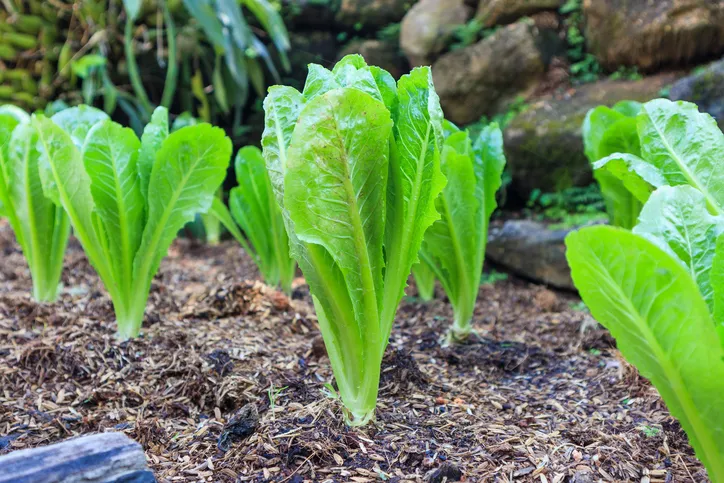
Do slugs and snails carry disease?
Snails aren't just a gardener’s nightmare - they can cause severe problems for dog owners too. Some snails carry lungworm (angiostrongylus vasorum), a parasite which affects dogs’ heart-rates and breathing and can cause fatalities.
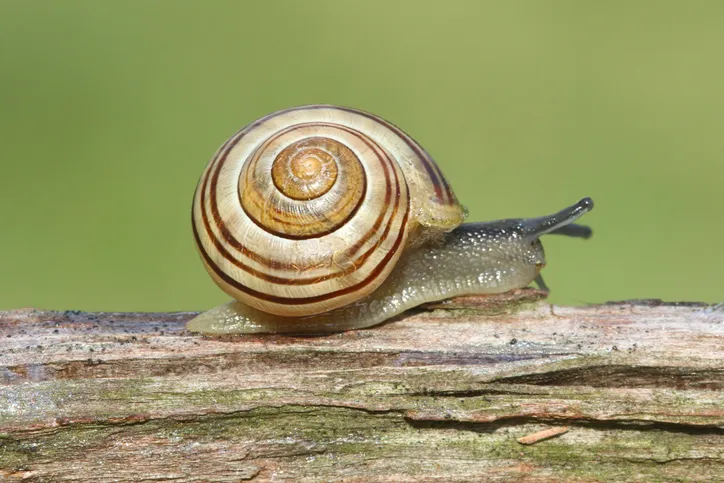
How do slugs and snails reproduce?
Slugs are hermaphrodites and can self-reproduce. If two snails mate them both become pregnant. It is possible for a single slug to amass a total of around 90,000 grandchildren.
Do slugs and snails have teeth?
Believe it or not, slugs have the ability to bite - they have approximately 27,000 teeth!
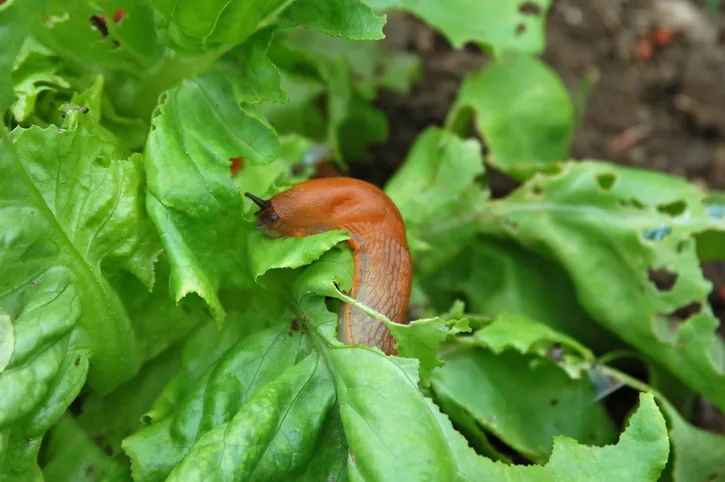
How to identify common species of slugs and snails
1
Large black slug Arion ater
The large black slug can grow to 14cm when fully mature. Generally, black in colour but can be brown with an orange frill. Commonly found in gardens and woodland areas.
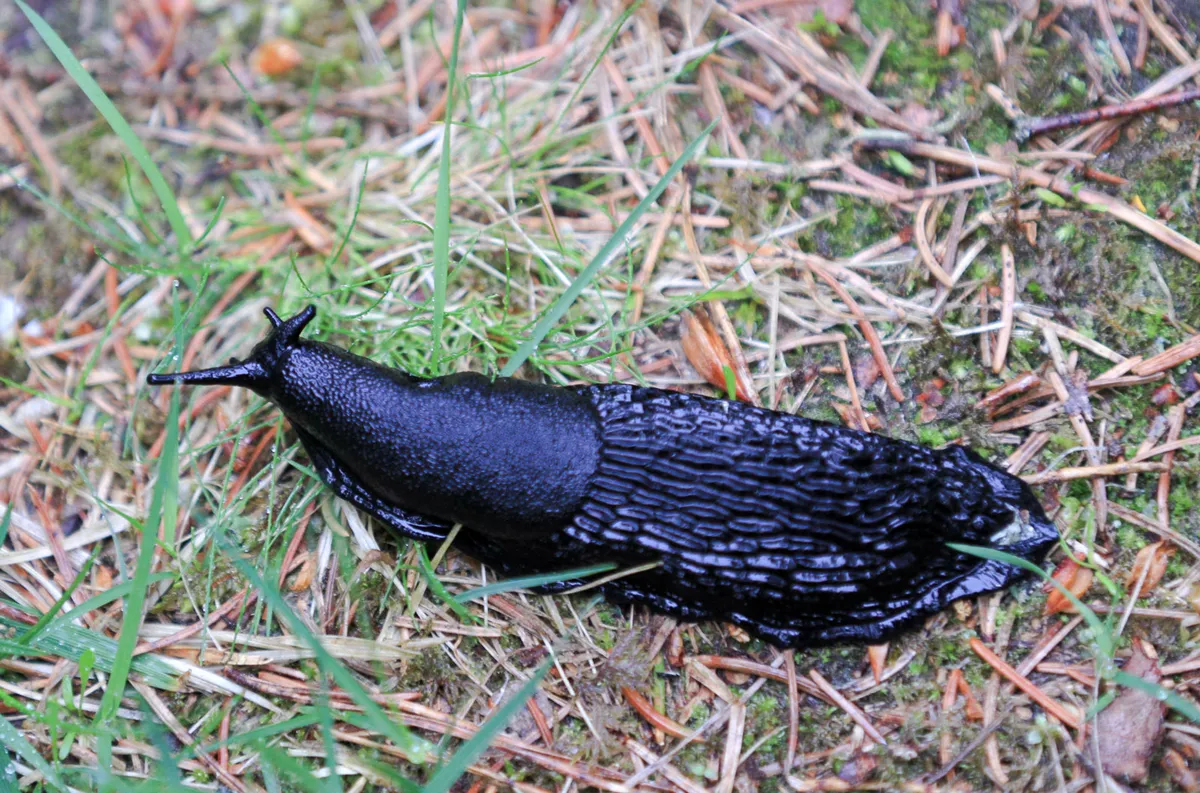
2
Leopard or great grey slug Limax maximus
If you spot a leopard slug in your garden, don't despair as this species is not regarded as a plant pest. The preferred diet of the leopard slug is fungi, dead plant or animal matter making it a useful species to have around. Easily recognisable with its leopard-like spots, the species can grow up to 16cm and is commonly found in parkland, woodland and gardens.

3
Yellow slug Limax flavus
A similar size to the great grey slug, yellow slugs can grow up to 13cm and are a distinctive yellow colour. Commonly found in gardens and parks.
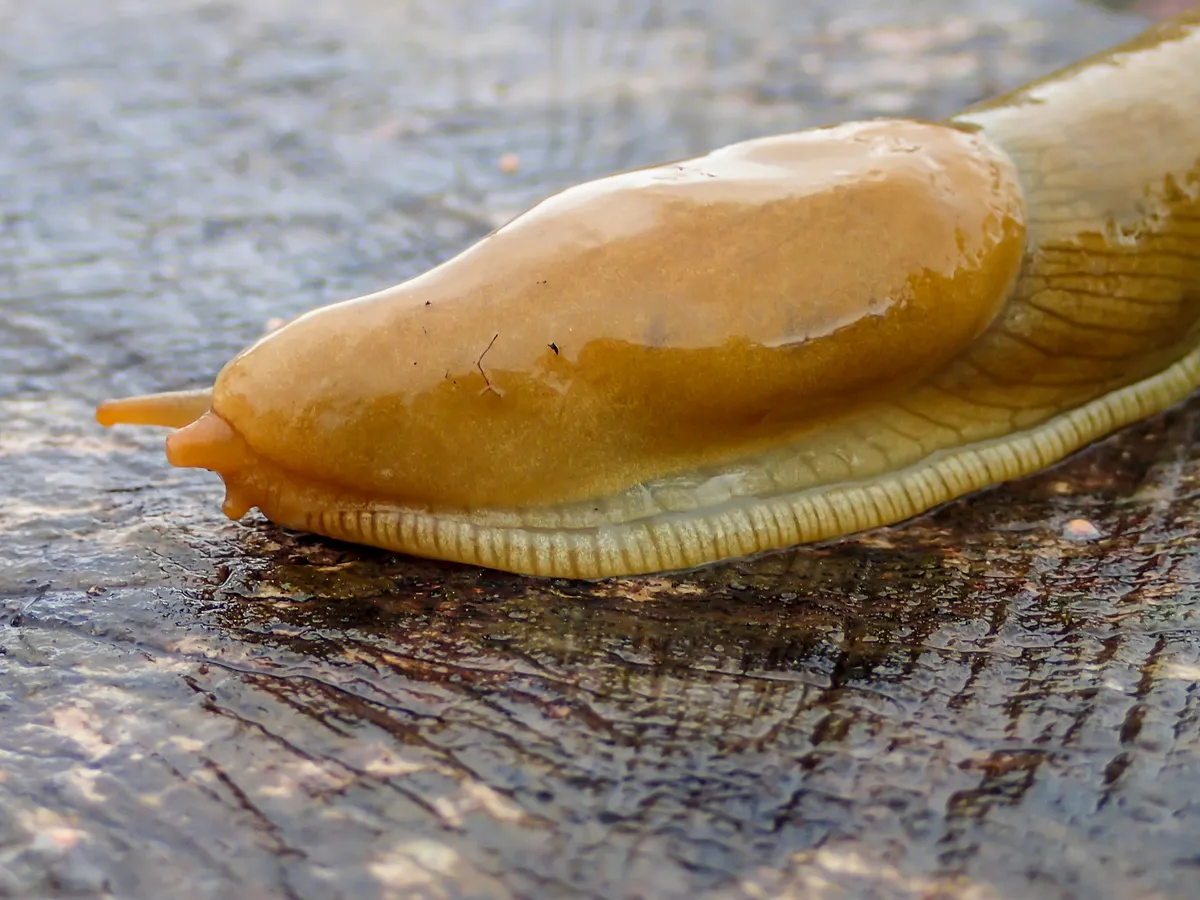
4
Girdled snail Hygromia cinctella
The girdled snail has a pale brown shell of around 10mm with a white ridge. Found in gardens and parks.
5
Rounded snail Discus rotundatus
The rounded snail has a circular shell with brown grooves and is commonly found in hedgerows, gardens and woodlands.
How to protect your garden plants from slugs and snails
While slug pellets are effective, it is possible to protect your garden from a slug and snail invasion without harming them. A natural way to dissuade gastropods from munching through your prized flower beds is to include plants which repel them in your beds. Generally, strongly smelling plants or plants with hairy stems are less likely to be an appealing feast, so try planting lavender, rosemary, cranebills or herbaceous plants around plants you want to protect.
Vinegar is the perfect ingredient to remove slug slime and to include in slug sprays. Snails are highly intolerant to salt and will die if the white stuff is sprinkled onto them.
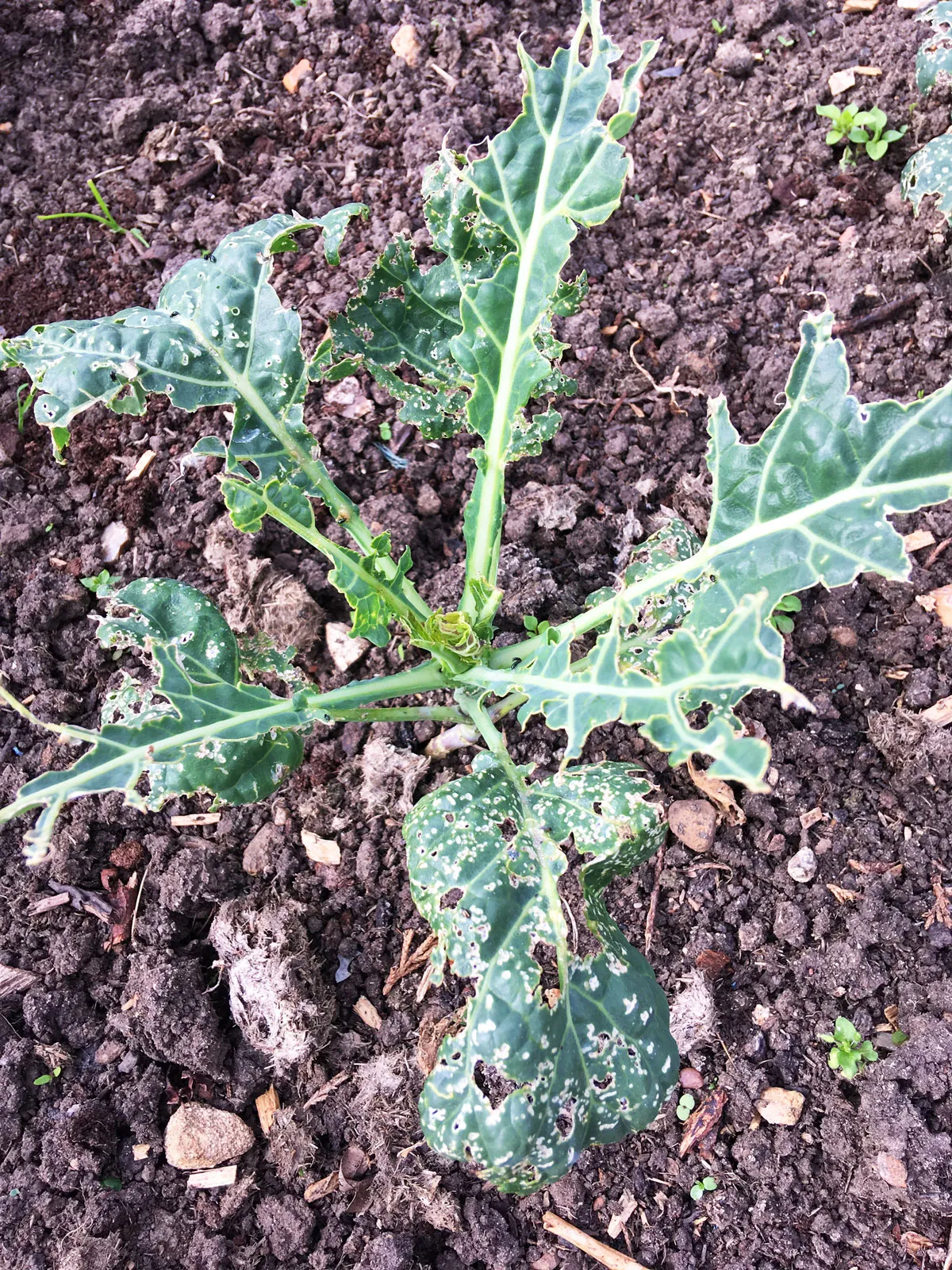
Another method is to use plant pots with copper tape or sprinkle wood chip, gravel or crushed egg shells around your plants as gastropods dislike rougher surfaces.
Predators that eat slugs and snails
Hedgehogs, rodents, some bird species and ground beetles will eat slugs so encouraging them to your garden may help. Glow worm larvae feed exclusively on slugs and snails. However, it takes them two years for the larvae to grow into adulthood, at which point they have a limited time-frame of two to three weeks to reproduce before dying.